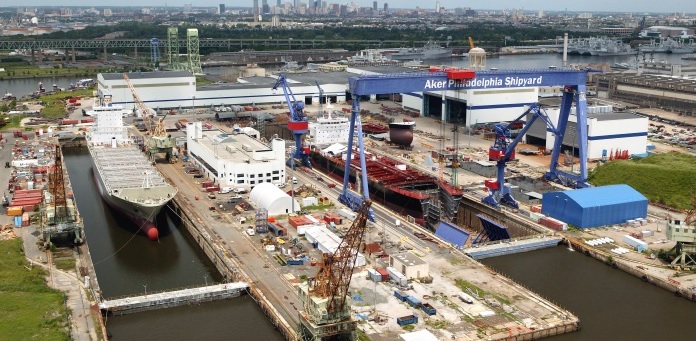Increasing focus on decarbonisation and recent global events have led to more shipbuilding involving state of the art technologies, argue Reed Smith transportation lawyers Thor Maalouf and Sally-Ann Underhill.
Where these types of innovative technologies are involved in a project, there may be uncertainty over whether building a ship in line with a particular design specification will result in a ship with the desired performance criteria.
These technologies include:
- duel-fuel LNG and LPG vessels, able to burn both traditional conventional HFO bunkers;
- exhaust gas cleaning equipment – also known as scrubbers;
- modifications or new-build designs to comply with decarbonisation rules such as EEXI / CII regulations;
- ammonia-ready ships, built with the intention to be ready to switched to ammonia fuel once reliable supply becomes available. (As ammonia contains no carbon its use does not emit any CO2), and
- projects to install and retrofit sails on cargo ships to harness wind power to lessen reliance on mechanical propulsion.
What is the position in English law when it comes to agreed contractual specifications and performance criteria?
Buyers and yards aim to allocate risks between them by agreeing a detailed technical specification, which the yard must adhere to, and by agreeing certain performance capabilities which will often be measured at the vessel’s sea trials before delivery.
In most shipbuilding contracts it is the shipyard’s responsibility to use reasonable skill and care to design the ship to meet the agreed specifications. Even if that has been done, a ship could comply with the technical specification in the contract, but fail to meet the agreed performance criteria. For example: under a contract requiring installation of scrubbers, what if the emissions gasses still do not meet contractual emissions criteria?
The approach the English courts tend to take is that, just because a construction project has been done in line with agreed specifications, it does not excuse a subsequent failure to comply with agreed performance criteria. Subject to clear wording to the contrary, that would likely be the case even where a ship is built perfectly in line with its specifications but could never be physically capable of meeting the agreed performance criteria, because of technical flaws in the design specification.
The take away points
Buyers should set out performance criteria clearly in the contract, together with either liquidated damages or a right to reject delivery in case of non-compliance. Yards should be aware that, where the contract requires compliance with certain standards or specifications, complying with those will probably not excuse a failure to meet the required performance criteria.
This is one of the topics discussed in Thor Maalouf and Sally-Ann-Underhill’s series of podcasts on shipbuilding, the first of which is now ready to stream at: Reed Smith.com
The views presented are only those of the author and do not necessarily reflect those of SAFETY4SEA and are for information sharing and discussion purposes only.





























































